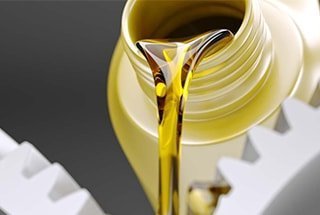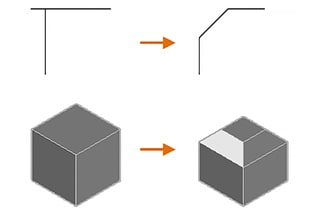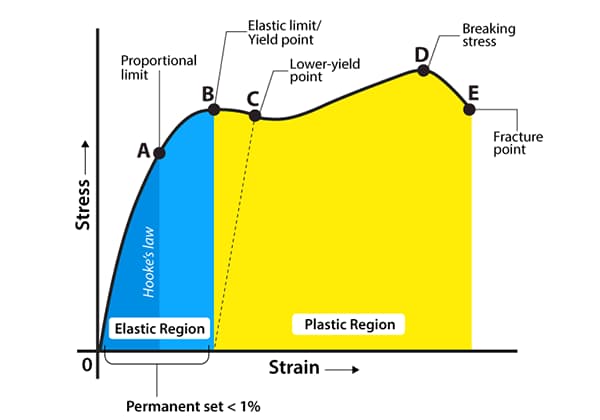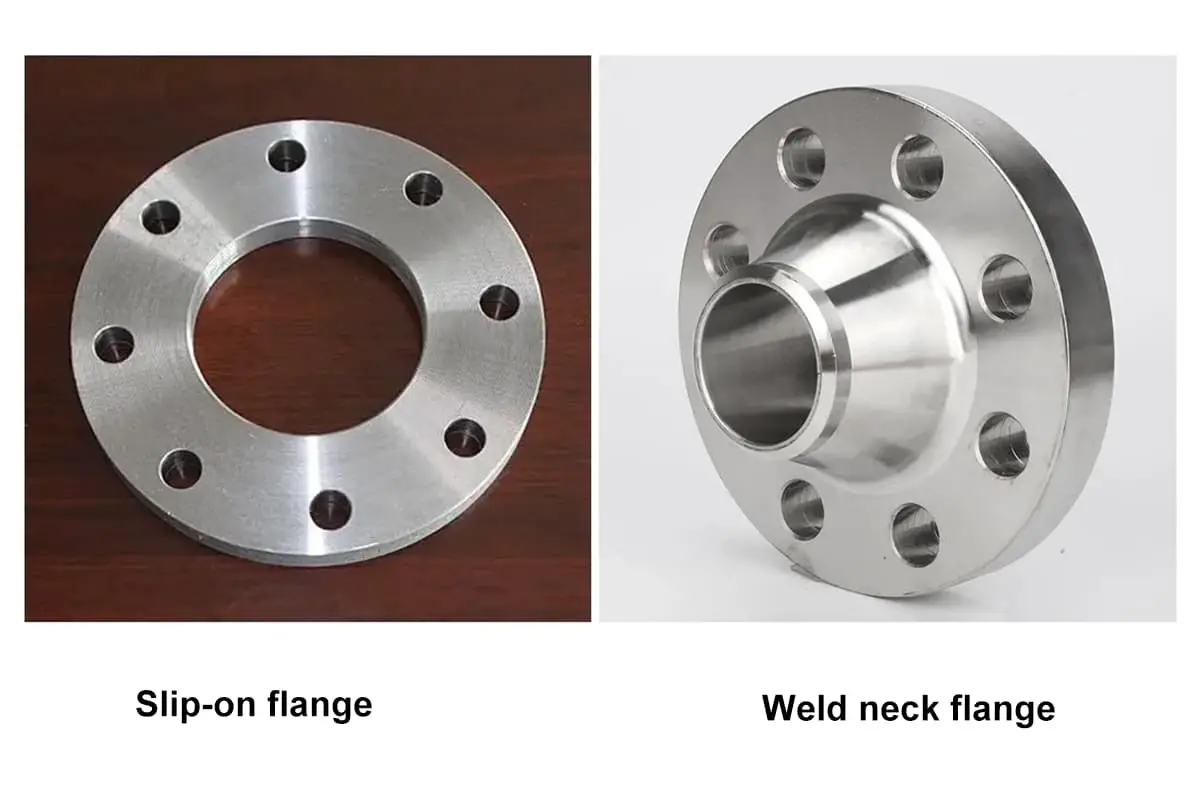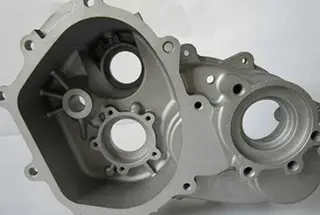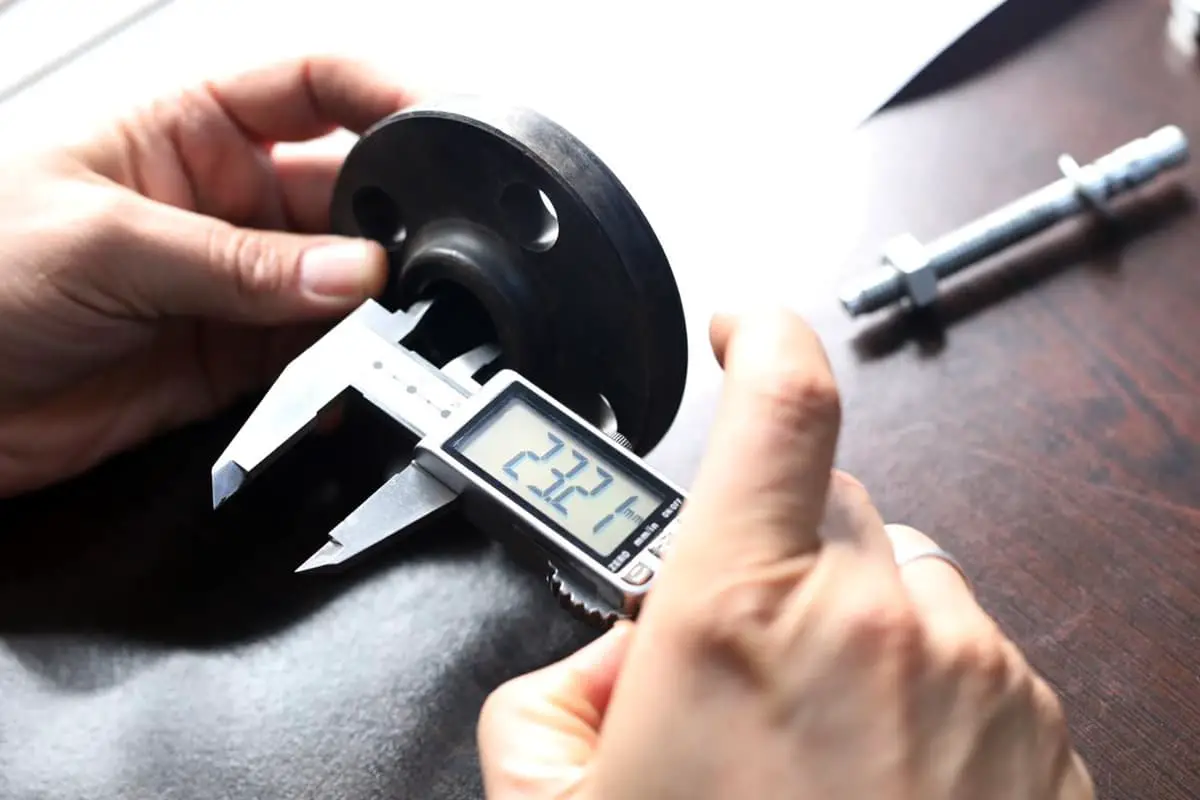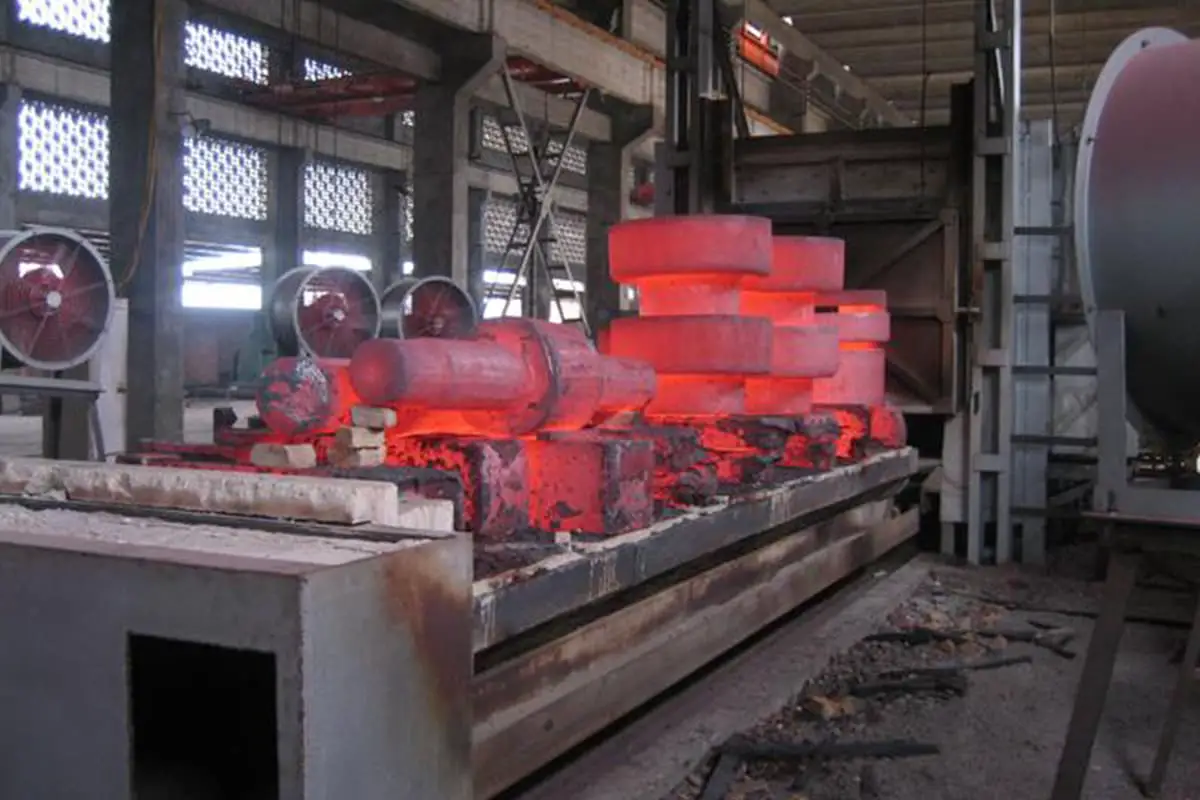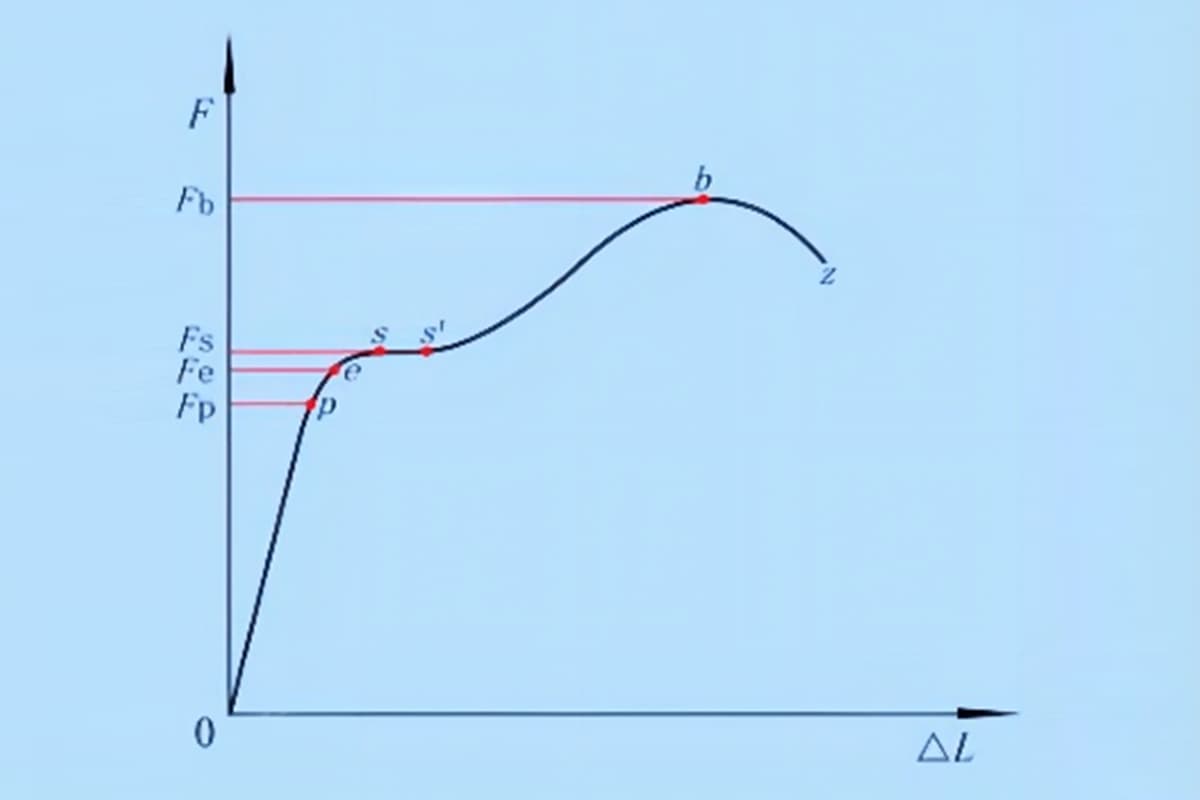
What makes one material bend while another breaks under the same load? The difference lies in their strength and stiffness. This article explores these crucial properties, defining strength as a material’s resistance to permanent deformation or fracture, and stiffness as its ability to resist elastic deformation. You’ll discover how these characteristics impact material selection and design in engineering applications, ensuring structures meet specific performance criteria. Understanding these concepts will equip you with the knowledge to make informed decisions in your next project.
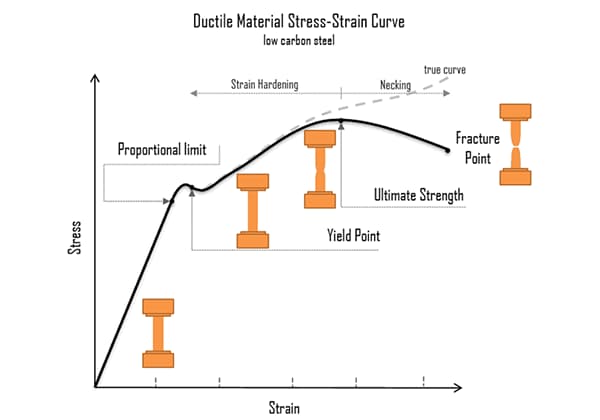

Stiffness is a critical property that defines a material’s or structure’s resistance to deformation under applied forces. It is quantified by the magnitude of force required to produce a unit deformation, typically expressed in units of force per unit displacement.
For isotropic materials, stiffness is primarily determined by their elastic modulus (E) and shear modulus (G), as described by Hooke’s Law. However, the overall stiffness of a structure is a more complex property, influenced not only by material properties but also by geometric configuration, boundary conditions, and the nature of applied loads.
In engineering design, stiffness analysis is paramount, especially for applications demanding precise deformation control. Aircraft wings, for instance, require carefully engineered stiffness to maintain aerodynamic efficiency while withstanding substantial loads. Similarly, precision components in manufacturing equipment must possess adequate stiffness to ensure dimensional accuracy and process stability.
Stiffness considerations extend beyond static scenarios. In dynamic systems such as buildings and machinery, proper stiffness design is crucial for mitigating vibrations, preventing flutter, and ensuring structural stability. The natural frequency of a structure, which directly impacts its vibrational characteristics, is intrinsically linked to its stiffness.
Certain devices, like spring scales and ring force gauges, rely on precisely controlled stiffness for their functionality. In these cases, the stiffness must be calibrated to provide accurate measurements within the intended range of operation.
In the realm of structural analysis, particularly in finite element methods, stiffness is a fundamental parameter. The global stiffness matrix of a structure, composed of individual element stiffnesses, forms the basis for calculating deformations and internal stresses under various loading conditions.
For machine components, stiffness is often expressed as the force or torque required to produce a unit elastic deformation. This property is crucial for maintaining operational precision, especially in components where excessive deformation can compromise performance. Machine tool elements such as spindles, guideways, and lead screws exemplify components where stiffness directly impacts machining accuracy and surface finish quality.
The interplay between stiffness, strength, and weight often presents a challenging optimization problem in engineering design. Advanced materials and innovative structural designs continually push the boundaries of achievable stiffness-to-weight ratios, enabling more efficient and high-performance systems across various industries.

Strength is a critical property of metallic materials, defining their capacity to resist permanent deformation and fracture under applied external forces. This characteristic is fundamental to the performance and reliability of mechanical components in various engineering applications.
The nature of the applied forces determines specific strength classifications, including yield strength, tensile strength, compressive strength, and bending strength. In engineering practice, yield strength and tensile strength are the most commonly utilized indicators, typically measured through standardized tensile testing procedures.
Broadly, strength refers to a component’s ability to withstand loads without experiencing fracture or excessive residual deformation. It serves as a crucial metric for assessing a component’s load-bearing capacity and resistance to failure modes.
For mechanical components, strength is an essential design criterion that must be satisfied. The concept of strength can be further categorized into various types, each relevant to specific operating conditions:
Comprehensive strength analysis involves studying the stress states within components and predicting the conditions and timing of potential failure or damage. This multifaceted approach ensures the reliability and longevity of engineered parts across diverse operational scenarios.
From a materials science perspective, strength represents a material’s ability to withstand external forces without experiencing destruction, where irreversible deformation is also considered a form of failure. Based on the type of applied force, strength can be further classified into:
In conclusion, strength and stiffness are two fundamental mechanical properties of materials that are often misunderstood or conflated in engineering design. Strength characterizes a material’s ability to withstand applied loads without permanent deformation or failure, while stiffness quantifies its resistance to elastic deformation under load. This distinction is critical in materials selection and structural design across various industrial applications.
The relationship between strength and stiffness is complex and material-dependent. For instance, high-strength steels may offer superior load-bearing capacity but less stiffness compared to certain composites. Conversely, ceramic materials often exhibit high stiffness but relatively low tensile strength. Understanding these nuances is crucial for optimizing material choices in diverse applications, from aerospace structures to precision machinery.
Engineers must consider both properties in tandem with other factors such as weight, cost, and environmental resistance. For example, in automotive design, high-strength low-alloy (HSLA) steels are often preferred for their excellent strength-to-weight ratio, while aluminum alloys may be chosen for their combination of moderate strength, high stiffness, and light weight. In precision engineering, materials like Invar are valued for their exceptional dimensional stability (high stiffness) despite moderate strength.
Moreover, modern manufacturing techniques allow for the tailoring of these properties. Processes like heat treatment, work hardening, or the development of advanced composites enable engineers to optimize both strength and stiffness for specific applications. Finite element analysis (FEA) and other simulation tools have become indispensable in predicting material behavior under complex loading conditions, further refining the selection process.
In summary, while strength and stiffness are distinct material properties, their interplay is crucial in engineering design. A nuanced understanding of these characteristics, coupled with advanced material science and manufacturing capabilities, empowers engineers to make informed decisions that balance performance, efficiency, and cost-effectiveness in their designs. This comprehensive approach ensures the development of innovative, high-performance solutions across various industries.

